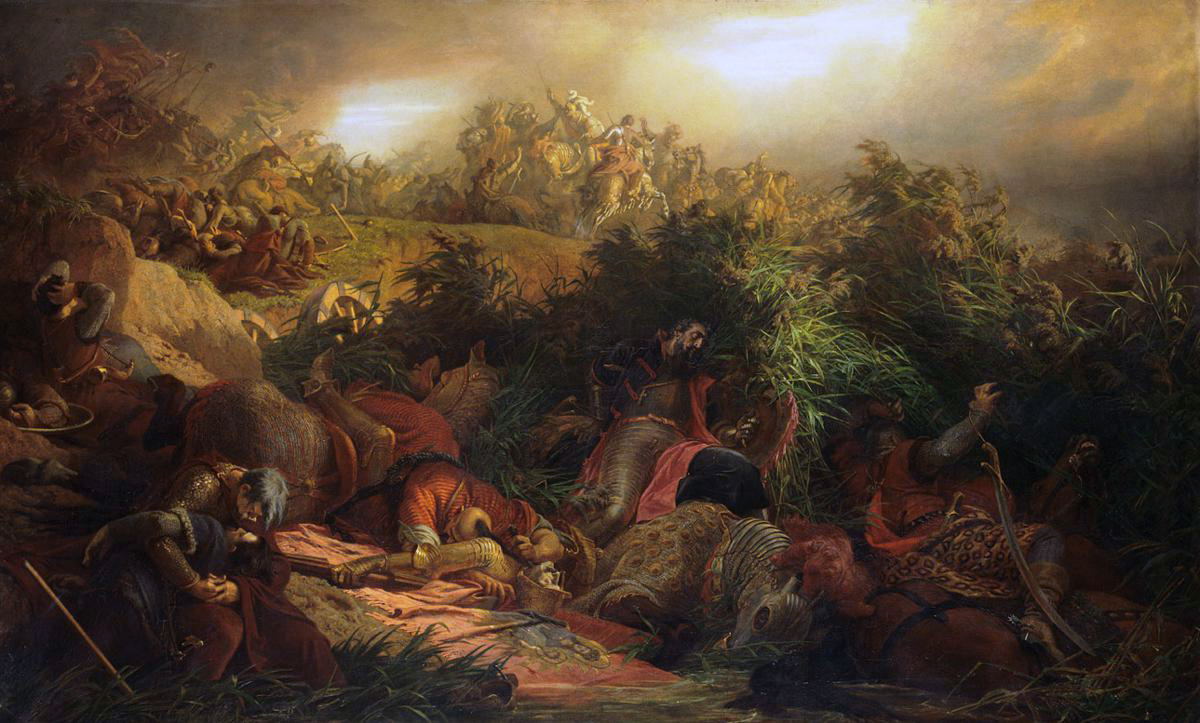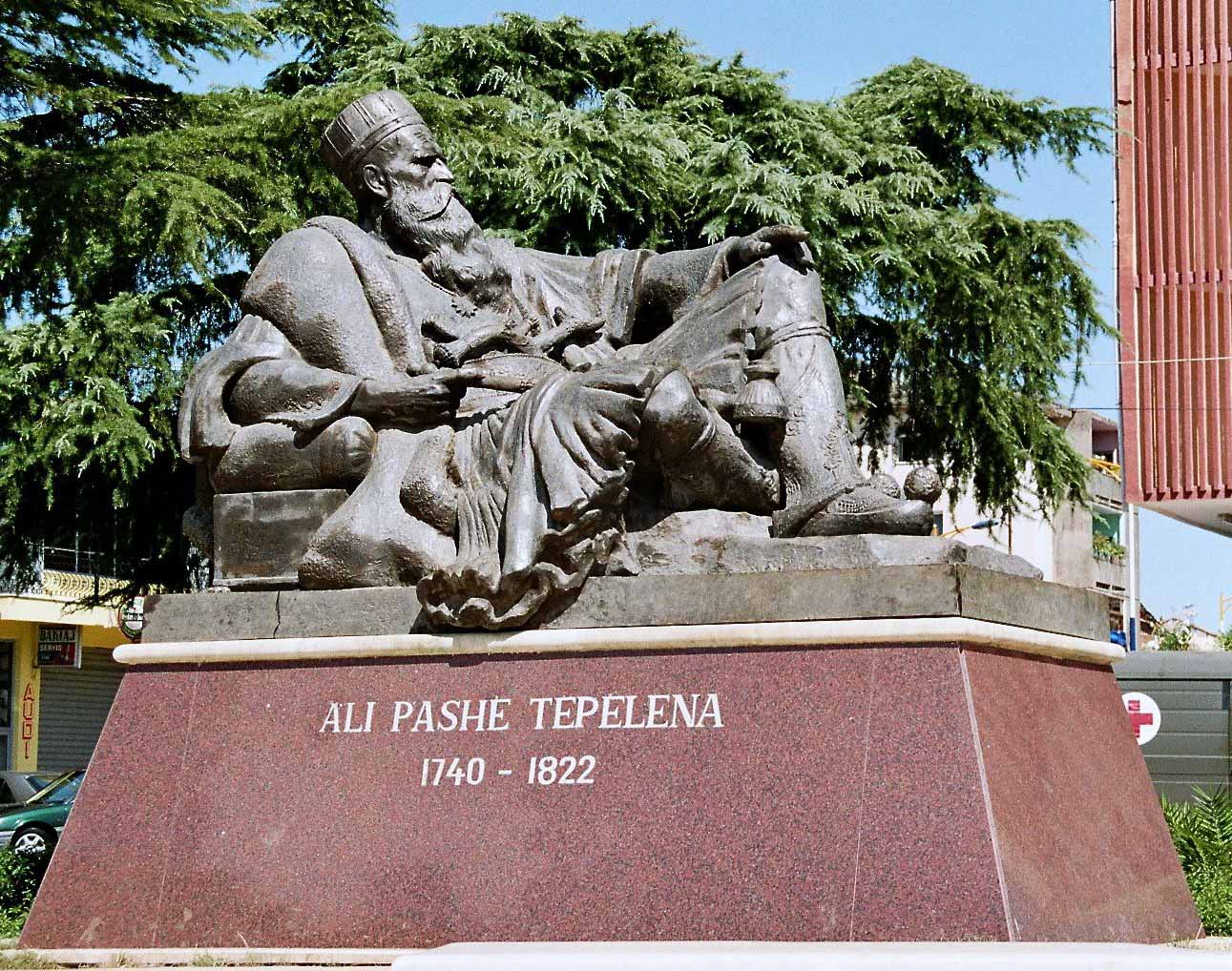|
Lëkurësi Castle
Lëkurësi Castle () is a ruined castle near Sarandë, southern Albania. The castle is on a strategic hill point overlooking the town of Sarandë, southeast of the town centre. From here one can control the whole town as well as the islands of Ksamil. History Lëkurësi Castle was built in 1537 by Sultan Suleiman the Magnificent of the Ottoman Empire The Ottoman Empire (), also called the Turkish Empire, was an empire, imperial realm that controlled much of Southeast Europe, West Asia, and North Africa from the 14th to early 20th centuries; it also controlled parts of southeastern Centr .... It was built in order to defend against the Venetians. It held a garrison of 220 soldiers as well. The region traditionally belonged to the southern part of the region of Himara. At the end of the 18th century, the castle was attacked by Ali Pasha of Ioannina and the surrounding habitation raided. The castle used to withhold the old Lëkurës village. It has a square shape with t ... [...More Info...] [...Related Items...] OR: [Wikipedia] [Google] [Baidu] |
Sarandë
Sarandë (; sq-definite, Saranda; ) is a List of cities and towns in Albania, city in the Republic of Albania and the seat of Sarandë Municipality. Geographically, the city is located on an open sea gulf of the Ionian Sea within the Mediterranean Sea. Stretching along the Albanian Ionian Sea Coast, Sarandë has a Mediterranean climate with over 300 sunny days a year. In ancient times, the city was known as Onchesmus or Onchesmos and was a port-town of Chaonia in Epirus (ancient state), ancient Epirus. It owes its modern name to the nearby Byzantine Empire, Byzantine Forty Saints Monastery, monastery of the Forty Saints (Agioi Saranda) by which it became known from the High Middle Ages. Sarandë today is known for its deep blue Mediterranean waters. Near Sarandë are the remains of the ancient city of Butrint, a UNESCO World Heritage Sites, World Heritage site. In recent years, Sarandë has seen a steady increase in tourists, many of them coming by cruise ships. Visitors are attr ... [...More Info...] [...Related Items...] OR: [Wikipedia] [Google] [Baidu] |
List Of Castles In Albania
This article lists the castles and fortifications of Albania. There are a total of 158 castles and fortifications in the country that have achieved the status of monument of cultural heritage. The English equivalent for ''Kala'' in Albanian is ''Fortress''. The latter is most fit for usage to describe many of the below structures as documented by official travel guides. Main castles Other castles * Dajti Castle * Dorëzi Fortress * Drisht Castle * Gjon Boçari Castle * Himarë Castle * Kardhiq Castle * Këlcyrë Castle * Kratul Fortification * Margëlliç Castle * Paleokastra Castle * Peca Castle * Peqin Castle * Persqopi Castle * Pogradec Castle * Tirana Fortress * Tujani Castle * Venetian Triangular Castle * Vlora Castle * Vokopolë Castle * Sati Castle See also * List of castles * Tourism in Albania References {{Albania topics * Albania Castles Albania Castles A castle is a type of fortified structure built during the Middle Ages predominant ... [...More Info...] [...Related Items...] OR: [Wikipedia] [Google] [Baidu] |
Buildings And Structures In Sarandë
A building or edifice is an enclosed structure with a roof, walls and windows, usually standing permanently in one place, such as a house or factory. Buildings come in a variety of sizes, shapes, and functions, and have been adapted throughout history for numerous factors, from building materials available, to weather conditions, land prices, ground conditions, specific uses, prestige, and aesthetic reasons. To better understand the concept, see ''Nonbuilding structure'' for contrast. Buildings serve several societal needs – occupancy, primarily as shelter from weather, security, living space, privacy, to store belongings, and to comfortably live and work. A building as a shelter represents a physical separation of the human habitat (a place of comfort and safety) from the ''outside'' (a place that may be harsh and harmful at times). buildings have been objects or canvasses of much artistic expression. In recent years, interest in sustainable planning and building practi ... [...More Info...] [...Related Items...] OR: [Wikipedia] [Google] [Baidu] |
Castles In Albania
This article lists the castles and fortifications of Albania. There are a total of 158 castles and fortifications in the country that have achieved the status of monument of cultural heritage. The English equivalent for ''Kala'' in Albanian is ''Fortress''. The latter is most fit for usage to describe many of the below structures as documented by official travel guides. Main castles Other castles * Dajti Castle * Dorëzi Fortress * Drisht Castle * Gjon Boçari Castle * Himarë Castle * Kardhiq Castle * Këlcyrë Castle * Kratul Fortification * Margëlliç Castle * Paleokastra Castle * Peca Castle * Peqin Castle * Persqopi Castle * Pogradec Castle * Tirana Fortress * Tujani Castle * Venetian Triangular Castle * Vlora Castle * Vokopolë Castle * Sati Castle See also * List of castles * Tourism in Albania References {{Albania topics * Albania Castles Albania Castles A castle is a type of fortified structure built during the Middle Ages predominantly ... [...More Info...] [...Related Items...] OR: [Wikipedia] [Google] [Baidu] |
Buildings And Structures Completed In 1537
A building or edifice is an enclosed structure with a roof, walls and windows, usually standing permanently in one place, such as a house or factory. Buildings come in a variety of sizes, shapes, and functions, and have been adapted throughout history for numerous factors, from building materials available, to weather conditions, land prices, ground conditions, specific uses, prestige, and aesthetic reasons. To better understand the concept, see ''Nonbuilding structure'' for contrast. Buildings serve several societal needs – occupancy, primarily as shelter from weather, security, living space, privacy, to store belongings, and to comfortably live and work. A building as a shelter represents a physical separation of the human habitat (a place of comfort and safety) from the ''outside'' (a place that may be harsh and harmful at times). buildings have been objects or canvasses of much artistic expression. In recent years, interest in sustainable planning and building prac ... [...More Info...] [...Related Items...] OR: [Wikipedia] [Google] [Baidu] |
History Of Albania
During classical antiquity, Albania was home to several Illyrian tribes such as the Albanoi, Ardiaei, Bylliones, Dassaretii, Enchele, Labeatae, Taulantii, Parthini, Penestae (tribe), Penestae, Amantes (tribe), Amantes, and many others, but also Bryges and Epirote tribes, as well as several Greek colonies established on the Adriatic Sea, Illyrian coast in cooperation with the local Illyrians, notably Durrës, Epidamnos-Dyrrhachium and Apollonia (Illyria), Apollonia. The Enchele's polity was the earliest to emerge and centered in Albania. Also the earliest known Illyrian king, Bardylis, emerged in what is now Albania around 400 BC, aiming to make Illyria a regional power interfering with Macedon. He united many southern List of ancient Illyrian peoples and tribes, Illyrian tribes under his realm and defeated the Ancient Macedonians, Macedonians and Molossians several times, expanding his dominion over Upper Macedonia and Lynkestis. Before the Rise of Macedon Illyrians were the dominan ... [...More Info...] [...Related Items...] OR: [Wikipedia] [Google] [Baidu] |
Albanian Riviera
The Albanian Riviera (, ), also popularly known as Bregu, is a coastline along the north-eastern Ionian Sea in the Mediterranean Sea, encompassing the districts of Sarandë and Vlorë in south-western Albania. It forms an important section of the Albanian Ionian Sea Coast, dotted with the villages of Palasë, Kondraq, Dhërmi, Ilias, Vuno, Himara, Pilur, Kudhës, Qeparo, Borsh, Piqeras, Sasaj, Lukovë, Shën Vasil and Nivicë-Bubari. The riviera should not be confused with the entire coastline of the country, which includes the Ionian Sea Coast, and the mostly flat Adriatic Sea Coast in the north. The Ceraunian Mountains separate the coast from the hinterland. The area is a major nightlife, ecotourist, and elite retreat destination in Albania. It features traditional Mediterranean villages, ancient castles, churches, monasteries, secluded turquoise beaches, bays, mountain passes, seaside canyons, coves, rivers, underwater fauna, caves, and orange, lemon, and ... [...More Info...] [...Related Items...] OR: [Wikipedia] [Google] [Baidu] |
Tourism In Albania
Tourism in Albania has been a key element of the country's economic activity and is constantly developing. Albania is characterized by its rich archaeological and cultural heritage dating back to the classical period when Illyrians and Ancient Greeks inhabited the region. Over the course of history, the territory of Albania was occupied and populated by Romans, Byzantines, Venetians and Ottomans. Notably the country features unspoiled beaches, mountainous landscapes, traditional cuisine, archaeological artifacts, unique traditions, low prices and the wild atmosphere of the countryside. The country lies in Southeastern Europe bordering Montenegro to the northwest, Kosovo to the northeast, North Macedonia to the east and Greece to the south. The Mediterranean Sea with the Adriatic and Ionian Sea make up the entire west border of the country. The country's coastline length is about composed of both sandy and rocky beaches, bays, caves, cliffs, capes and lagoons. Although ... [...More Info...] [...Related Items...] OR: [Wikipedia] [Google] [Baidu] |
Suleiman The Magnificent
Suleiman I (; , ; 6 November 14946 September 1566), commonly known as Suleiman the Magnificent in the Western world and as Suleiman the Lawgiver () in his own realm, was the List of sultans of the Ottoman Empire, Ottoman sultan between 1520 and his death in 1566. Under his administration, the Ottoman Empire ruled over at least 25 million people. After succeeding his father Selim I on 30 September 1520, Suleiman began his reign by launching military campaigns against the Christendom, Christian powers of Central and Eastern Europe and the Mediterranean; Siege of Belgrade (1521), Belgrade fell to him in 1521 and Siege of Rhodes (1522), Rhodes in 1522–1523, and at Battle of Mohács, Mohács in 1526, Suleiman broke the strength of the Kingdom of Hungary in the Middle Ages, Kingdom of Hungary. Presiding over the apex of the Ottoman Empire's economic, military, and political strength, Suleiman rose to become a prominent monarch of 16th-century Europe, as he personally led Arm ... [...More Info...] [...Related Items...] OR: [Wikipedia] [Google] [Baidu] |
Ali Pasha Of Ioannina
Ali Pasha (1740 – 24 January 1822), commonly known as Ali Pasha of Yanina or Ali Pasha of Tepelena, was an Albanian ruler who served as Ottoman pasha of the Pashalik of Yanina, a large part of western Rumelia. Under his rule, it acquired a high degree of autonomy and even managed to stay '' de facto'' independent. The capital of the Pashalik was Ioannina, which, along with Tepelena, was Ali's headquarters. Conceiving his territory in increasingly independent terms, Ali Pasha's correspondence and foreign Western correspondence frequently refer to the territories under Ali's control as "Albania." This, by Ali's definition, included central and southern Albania, and parts of mainland Greece; in particular, most of the district of Epirus and the western parts of Thessaly and Macedonia. He managed to stretch his control over the sanjaks of Yanina, Delvina, Vlora and Berat, Elbasan, Ohrid and Monastir, Görice, and Tirhala. Ali was granted the Sanjak of Tirhala in 17 ... [...More Info...] [...Related Items...] OR: [Wikipedia] [Google] [Baidu] |








